The content of the article
How to grow peanuts in the garden? Just like on the windowsill. Yes, this bean crop grows remarkably down to the middle lane. And farther south, few have tried to plant it in their own area. At the same time, peanuts do not require unearthly care. He is very unpretentious. True, it requires some growing conditions. But all of them are completely doable by any person and improvised tool.
Are you intrigued? Read on. Today we will analyze how to grow peanuts.
Pick the seeds
More specifically, beans. From a biological point of view, peanuts are not nuts at all. Well, let's not go into the wilds of botany and the subtleties of the origin of the species. It’s more important for us now to choose the right seeds for planting. They can be bought at any store or market. The main conditions are very simple:
- Beans must be raw. That is, fried, salted, glazed or sweet will not work.
- The seeds should have a native red shell. The peeled ones just will not rise. Ideally, it is better to buy peanuts in the shell, and to carefully husk it at home.
- Beans must be whole. Halves or even crushed are sometimes sold. Naturally, it is useless to wait for seedlings from such seeds.
It is best to purchase seeds on the market. There you can touch them, examine from all sides, choose the most beautiful. Anything can be in a store bag. Especially if it is opaque.
Tip. Try to purchase large peanuts. Then your crop will be rich with large beans.
Choose a plot
Anyhow, where to stick peanuts will not work. We do not have South America, so that any land comes up. It is advisable to choose a place where the sun will illuminate the plantings from morning to evening. So the bush will receive the maximum amount of light. This is exactly what you need.
Still, it would be nice if this section was closed from strong winds. No, gusts will not break the landing, they are too low. But even a light summer breeze can cool them. And peanuts love to live in the temperature range from +24 to + 27 ° С. When lowering, it stops in development. It does not die, but ceases to grow. Therefore, it is better to provide the most comfortable conditions.
By the way, young seedlings of peanuts will have to be covered with birds. These feathered earners with pleasure pull out sprouts to feast on maternal bean. Moreover, they rip off absolutely all the shoots, up to one. Therefore, choosing a place to land, consider how you will protect them. There are several options:
- Pull a special bird net. She is still covered with cherry and cherry trees.
- Put a scarecrow or stakes with thundering shiny objects.
- Cover seedlings with a thin non-woven material.
- Ask your cat or neighbor to guard young shoots.
The latter method is extremely unreliable. These cats and strive to sneak out on their own business, or in the pursuit of a bird they themselves can thoroughly mash the planting of peanuts.
Tip. Choose the first method. He is the most efficient and reliable.
Cooking the ground
In principle, peanuts do not require special conditions. Loosening the soil is much more important to him. After all, it is under the ground that the formation and growth of beans occurs. Therefore, it is recommended that in the autumn a decent amount of clean sand be added to the beds. This will give the earth the necessary friability.
At the same time, the plant must take strength somewhere for the full growth and filling of peanuts. Fresh manure is strictly contraindicated. Greasy compost will only cause rapid growth of green mass, and flowering will be sparse and miserable.
But we really need flowers! Of these, then nuts are born. And which trace elements are responsible for good and plentiful flowering? That's right, phosphorus and potassium. So, in early spring, as soon as the snow melts and the top layer of soil dries out a bit, we bring any mineral fertilizer to the bed. We look at structure on packing. We use the dosage on the recommendation of the manufacturer. We focus on legumes.
After that, we dig the earth well, but we do not break the smallest lumps. Peanuts love a little rough ground, so you can bring soil from the forest and scatter it in the beds. Naturally, in autumn and spring we weed out all the weeds. They will interfere with rooted ovaries. But in principle, weeding can be carried out regularly during subsequent hilling.
Before planting peanuts, it is advisable to bury the ground again. This will allow weed seeds to wake up. You will have time to once again weed the site, so that nothing prevents the bushes from growing quietly.
Tip. After spring preparation, cover the soil with black non-woven material. So it warms up faster.
Preparing Peanuts for Planting
Very often people complain about the germination of beans. Sometimes, out of a dozen, only one comes in, a maximum of three things. To warn yourself against such a nuisance, peanuts need to be soaked before planting. Naturally, the shell is removed. This will make it easier for beans to sprout.
In order to awaken vitality in nuts, they are soaked for 4 hours in warm water. You can even add any biostimulant or adaptogen to the liquid:
- epin
- zircon
- aloe juice
The amount of the drug can be seen on the packaging. Just do not exceed the dosage. Seeds will still take as much as they need. So why the extra waste?
After soaking, the remaining liquid is drained, but the peanuts themselves do not need to be washed. Now the beans need to be laid out in a single layer on a damp cotton cloth or paper towel. To do this, take a pallet or a wide flat plate (dish). Soaked peanuts are covered with another layer of fabric or loose paper. Then slightly moisten the entire structure and put in a warm place. Darkness is optional.
After about 23-25 hours, the bean halves should open slightly, and a small sprout will appear from the inside. Those seeds that have not woken up within 3 days are hardly viable. They can be safely thrown away or fed to domestic cattle (bird). Rinse them just before removing the biostimulant from the surface.
After opening the beans, they can be planted in the garden almost immediately.
Tip. Soak peanuts at least 2 days before the day of planting, in order to surely reject unimportant beans.
We plant peanuts in the garden
Some recommend placing the beans in the wells. It is inconvenient and long. Do you plant beans with furrows? And peas too. Why is peanuts worse? Draw already grooves, simplify your task. Leave the distance between them at least 30 cm. So then it will be easier to spud planting.
Pour grooves thoroughly with clean water. After all, at first, the sprouts need moisture. And by the time of landing it is already almost gone in the ground. By the way, peanuts are planted in open ground around mid-late May. At this point, there is no longer a threat of freezing frost. And their peanuts can’t tolerate.
After watering, gently spread the soaked beans at a distance of 16-17 cm from each other. Then sprinkle with a layer of earth 6.5-8 cm. Do not mulch the beds. Now it remains to wait for seedlings.
Tip. If in 18 days the seedlings did not appear, then it means that you did something wrong.
Peanut Care
It is not difficult to take care of the seedlings. Periodic loosening of the soil, regular weeding and average watering about once a week. We are waiting for flowering. Its hard to miss. Yellow-orange flower butterflies are clearly visible from afar.
The peanut flower lives only one day.In the morning it opens, by the evening it will wither. But there are a lot of them on the plant. It is ridiculous to read that a peanut flower needs to be pollinated in these 12-15 hours. So say some articles. This plant is completely self-pollinated and perfectly dispenses with outside help.
For the flowering period, care is a little complicated. But do not be afraid. The only difficulty is that you have to water peanuts more often. About once every 3-4 days. And once feed any phosphorus-potassium fertilizer.
Now the time has come for hilling. After all, after flowering, the ovary falls to the soil and burrows into it. It is there that the formation of nuts occurs. Therefore, you need to help a little plant. All hilling comes down to three stages:
- With the onset of flowering, they mound mounds near the stems about 5 cm in height.
- After a week, the mounds increase to a height of 13-14 cm.
- After flowering, the last hilling is carried out. The height of the mounds is 22-25 cm.
This procedure allows you to get an earlier crop. At the same time, it increases by almost 30%. After flowering, watering is again reduced to 1 time in 7-9 days. By mid-August, watering is gradually being reduced, and by the end of August it is being nullified. Now it remains only to wait for the harvest. However, during a cold snap below + 20 ° C (this sometimes happens), it is recommended to cover the plantings with a film or a dense non-woven material. Still, peanuts love warmly.
We collect peanuts in the garden
A signal to the time of harvest is the mass yellowing of leaves and shoots. Take your time to pull the bushes with your hands. So in the soil will remain most of the crop. Use the most common garden pitchforks. Just pry the bush, it easily comes out of the soil.
Of course, now the temptation is great to peel peanuts in order to dry it as soon as possible. But there is still a large amount of nutrients in the stems and shoots. Therefore, without breaking the nuts, carefully brush the bushes off the ground. Then we hang them down with stems in a warm, dry room. It can be a barn or an attic. And only after the tops are completely dry, you can pick off the beans. During this time, all useful trace elements will pass into them from the stems.
Well, now you have your own peanuts. You can leave a part on seeds for the next year, and calmly eat the rest.
Some useful tips
- In our country, there are no diseases or pests that love peanuts. The only thing is that on cool, damp summers rot may appear on the shoots. Therefore, if it rains, it is advisable to cover the landings with a transparent film. Peanuts do not like excessive waterlogging of the soil.
- Do not plant several grains in one well. Peanut bush is always lush and sprawling. He needs some room for growth. And if all three seeds come up, then instead of good development and proper growth there will be only a constant struggle for a place in the sun and nutrition. Harvest in this case will be meager, with small tasteless beans.
- Peanuts usually ripen fully by the end of September. But, it is better to dig up the bushes a little earlier, if in your area at this time there are first frosts. The fact is that nuts begin to be very bitter after frost. And bitterness is almost impossible to get rid of.
How to grow peanuts in the garden? It turns out very simple. Follow all the recommendations and you can enjoy the nuts of your own production. And no exotic! Having tried to grow it once, you will prescribe this wonderful plant for a long time on your beds.
Video: how to plant peanuts (peanuts)


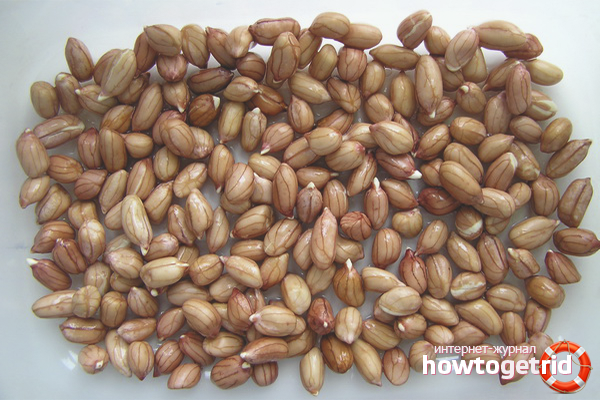
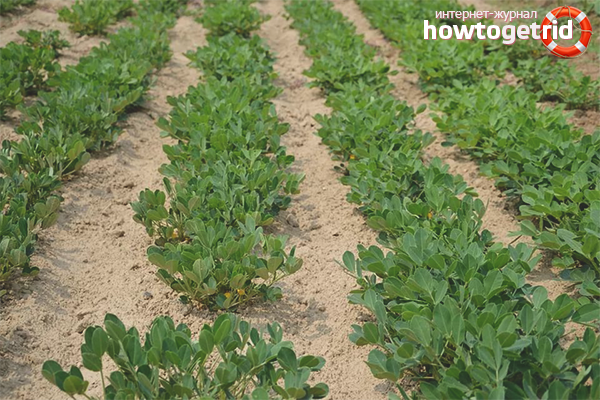
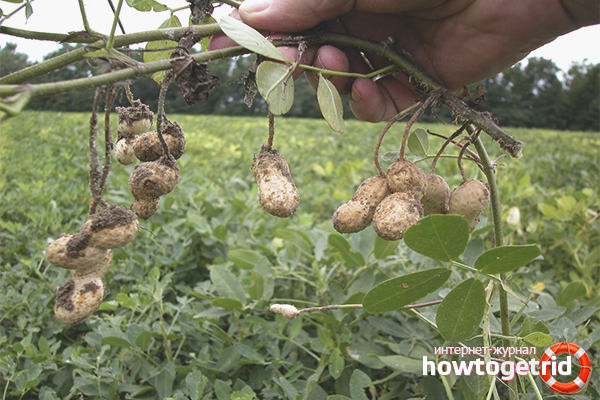

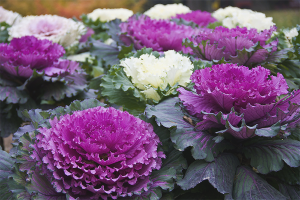
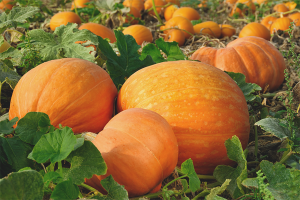
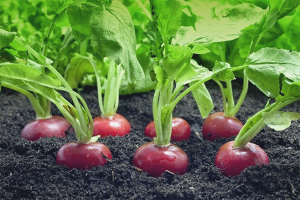

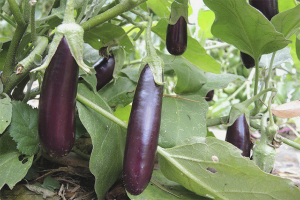
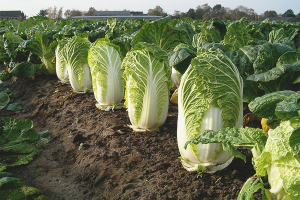
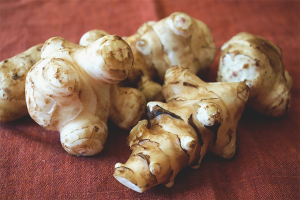
Submit